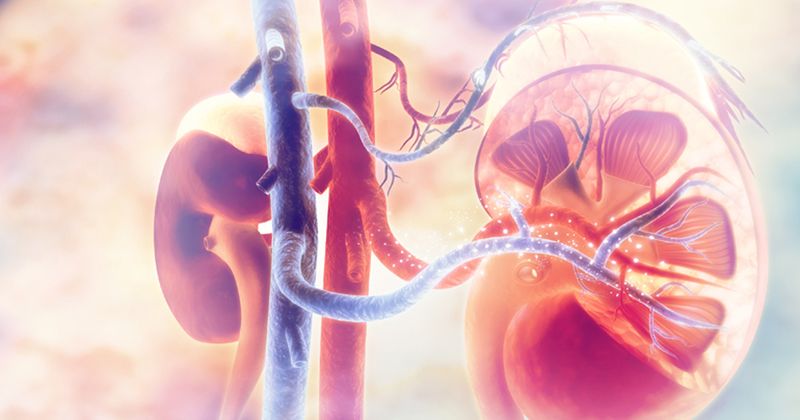Study: Peritoneal dialysis largely underused, often recommended based on limiting factors
Key takeaways:
- Of the survey respondents, 66% were from high-income countries.
- Peritoneal dialysis was recommended for scenarios, such as heavy lifting and swimming.
Peritoneal dialysis is largely underused on a global scale, according to a scenario-based survey that explored the preconceptions of kidney care physicians as a barrier to access.
Researchers led by Nikhil Shah, MD, of the department of medicine at the University of Alberta, Canada, conducted an online poll of 645 participants, including 522 nephrologists and 123 trainees from 54 countries, to explore clinician decisions on recommending PD based on patients’ physical, social and clinical traits.

“Although PD provides an effective therapy for kidney failure, its application is still limited in many countries,” the authors wrote. “Internationally, many clinicians and patients agree to promote the use of home dialysis given its association with improved quality of life. However, in the majority of countries, including the United States, in-center hemodialysis is the current dominant kidney replacement therapy.”
Of the survey respondents, 66% were from high-income countries, 22% were from upper middle-income countries, 12% were from lower middle-income countries and 1% were from low-income countries. Overall, 81% identified as an attending physician or consultant, and 19% were trainees or held a similar role.
Findings showed PD was recommended for many scenarios, such as repeated heavy lifting, swimming (particularly in private pools and oceans), patients with cirrhosis or cognitive impairment supported by caregivers and individuals living with pets if physical separation during PD could be achieved.
Researchers also underlined that certain abdominal surgeries like hysterectomy were more suitable for PD (90%) compared with procedures like hemicolectomy (45%). Shah and colleagues noted varying acceptance levels for different types of stomas, with nephrostomies at 74%, suprapubic catheters at 53% and ileostomies at 27%.
“The probability of recommending PD in various scenarios was greater among clinicians from [high-income countries], larger units and consultants with more clinical experience,” they wrote. “There is a disparity in recommending across various clinical scenarios driven by experience, unit-level characteristics and region. Evidence-informed education is warranted to rectify misconceptions to enable greater uptake.”
